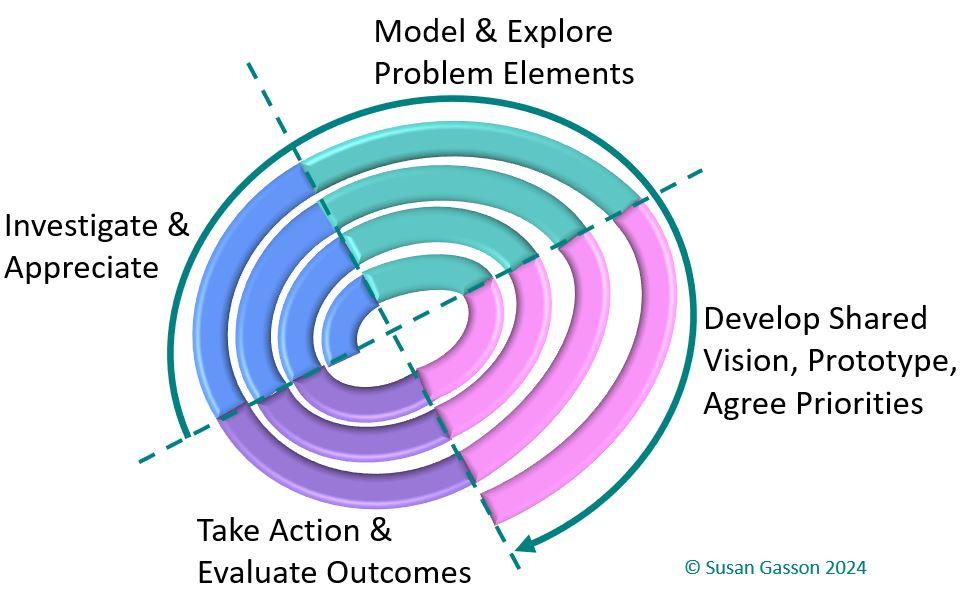I was musing about the differences between these three concepts. They are not explained clearly in any resource I could find (although many people...


I was musing about the differences between these three concepts. They are not explained clearly in any resource I could find (although many people...

Why is design improvisational? We talk about design as if it were fixed: as if there were one best way to design everything. We celebrate...

Business analysts, change managers, and IT systems analysts are in a no-win situation. They are expected to understand myriad interpretations of the business strategy,...

Brown and Duguid’s (2001) concept of a “network of practice” has been niggling away at my consciousness. The idea is that a collection of...

I manage the website for an Animal Rescue shelter. I have been struggling with the design of the site for some time now, as...

A recent emphasis on sociomateriality appears to have entered the IS literature because of discussions by Orlikowski (2010) and the excellent empirical study of...

Recently, I have been using a new social media platform to run one of my classes. The idea was, that as we are studying...

I have been working for a while on comparing the results from some very complex research studies of collaborative design in groups that span...

While browsing and working on a recent paper, I mused on the missed opportunity of interaction design. Reading Terry Winograd’s (1997) From Computing Machinery...

I just filed the final project report for my Career Award yesterday, so I’d like to give my personal thanks to the good folks...